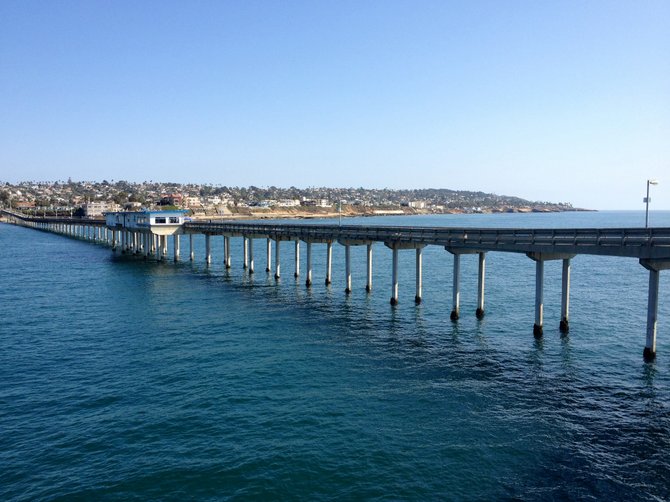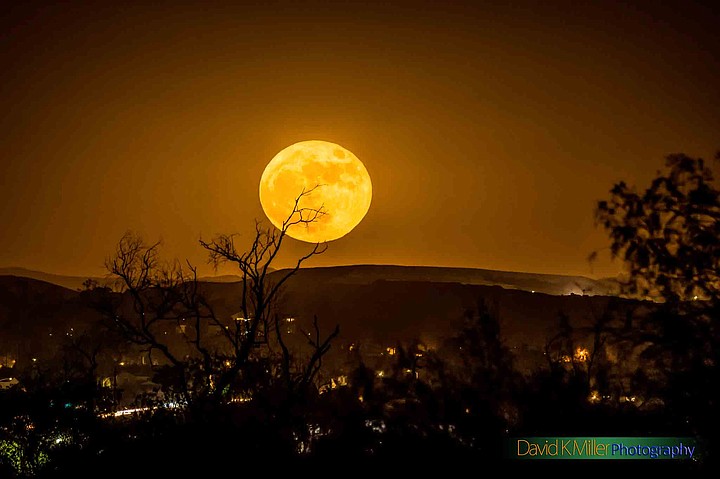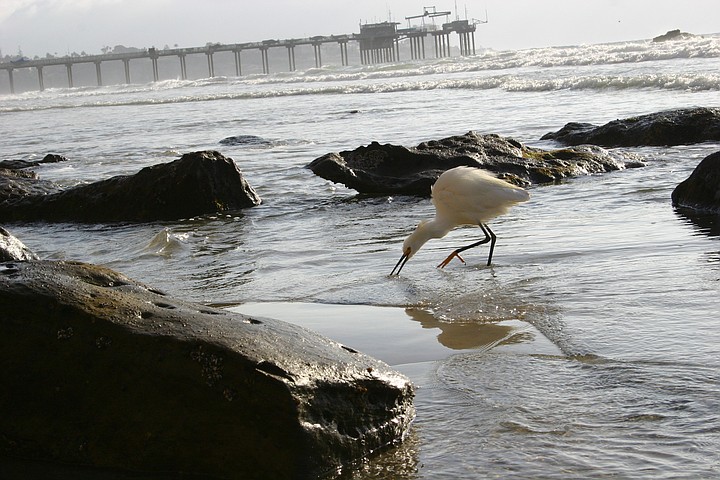 Facebook
Facebook
 X
X
 Instagram
Instagram
 TikTok
TikTok
 Youtube
Youtube

Ocean Temperatures Have Been Colder Than Usual this month. Summer 2023 may have been the hottest ever recorded, but you wouldn’t know it from a visit to your local beach, where water temperatures have been in the mid 60s. This time last year, our oceans were a more typical 69º — we’re used to seeing temps into the 70s through September. And as fall approaches, shorter days and increasingly oblique solar radiation will mean less energy supplied to the those waters. Our coasts usually stay balmy for several weeks after summer’s end, thanks to the ocean’s shedding of thermal energy. But if ocean temps stay cooler than the air, that may not happen this year.

We Will Have A Blue Moon on August 30. “Blue Moon” is the name for the second full moon in a given month. On Wednesday, August 30, the Full Moon will peak at 6:35 pm. Besides being Blue, it will also be the closest supermoon of the year — just 222,043 miles. The next full supermoon this near to Earth will arrive on November 5, 2025, when the moon will be a mere 221,817 miles from Earth.

And As Always, As the Full Moon Arrives, So Do Tidal Peaks. Fittingly, the surge will be more super than usual, peaking at 7.51 feet at 8:52 pm on August 29 and retracting to -1.41 feet at 3:44 am the following morning.


Ocean Temperatures Have Been Colder Than Usual this month. Summer 2023 may have been the hottest ever recorded, but you wouldn’t know it from a visit to your local beach, where water temperatures have been in the mid 60s. This time last year, our oceans were a more typical 69º — we’re used to seeing temps into the 70s through September. And as fall approaches, shorter days and increasingly oblique solar radiation will mean less energy supplied to the those waters. Our coasts usually stay balmy for several weeks after summer’s end, thanks to the ocean’s shedding of thermal energy. But if ocean temps stay cooler than the air, that may not happen this year.

We Will Have A Blue Moon on August 30. “Blue Moon” is the name for the second full moon in a given month. On Wednesday, August 30, the Full Moon will peak at 6:35 pm. Besides being Blue, it will also be the closest supermoon of the year — just 222,043 miles. The next full supermoon this near to Earth will arrive on November 5, 2025, when the moon will be a mere 221,817 miles from Earth.

And As Always, As the Full Moon Arrives, So Do Tidal Peaks. Fittingly, the surge will be more super than usual, peaking at 7.51 feet at 8:52 pm on August 29 and retracting to -1.41 feet at 3:44 am the following morning.
Comments